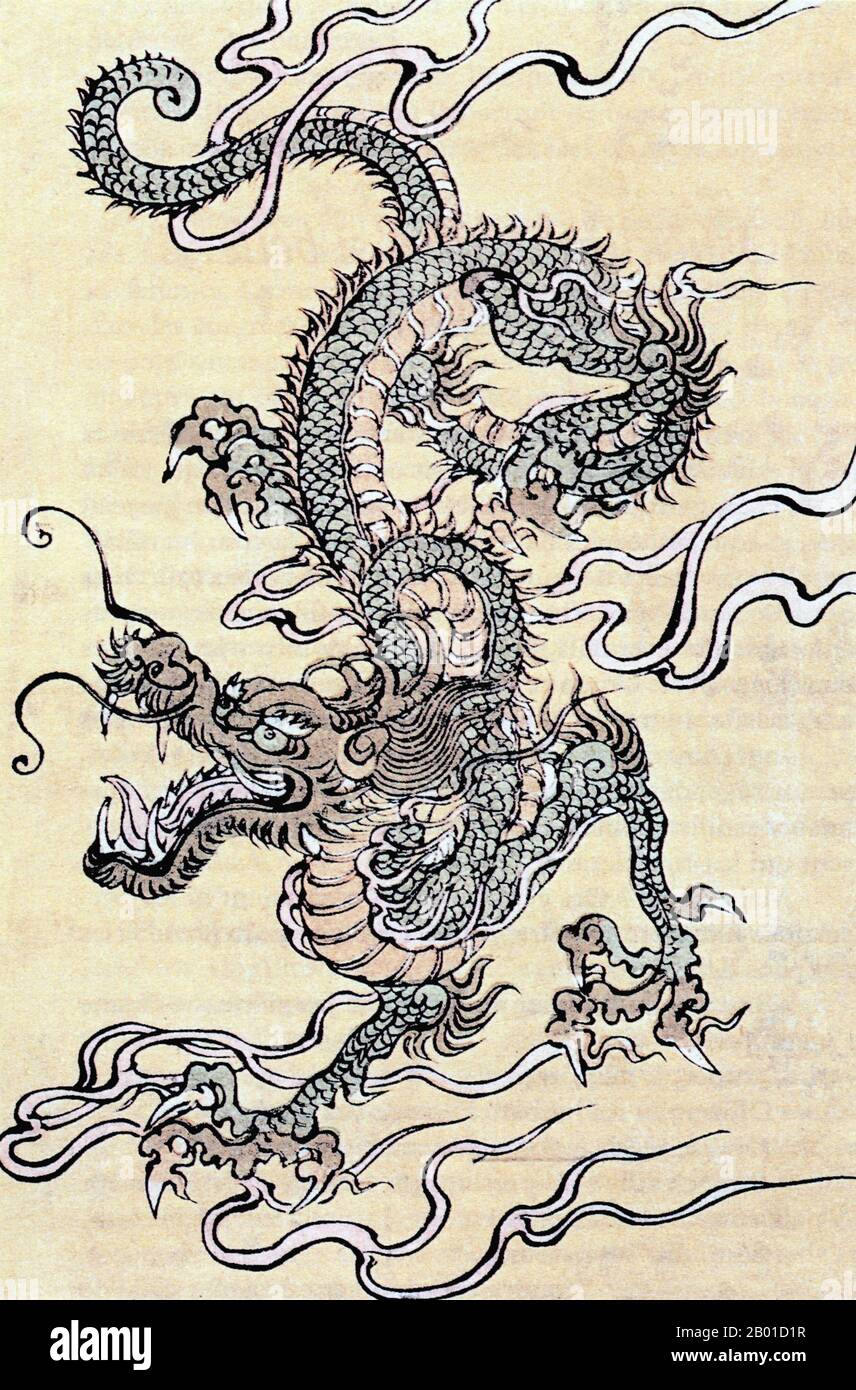Dragons and phoenixes are significant creatures in Chinese mythology, embodying different aspects of power and prosperity. The dragon represents the Yang, representing masculine energy, while the phoenix represents the Yin, representing feminine energy. The dragon was associated with rulers and power to subjects, while the phoenix was associated with beauty and grace. The two creatures have a complementary relationship, with the dragon owning the sky and the phoenix controlling the land. The power dynamics between the two display the balance of Yin and Yang in ancient Chinese mythology, reflecting the duality of nature and the world.
Dragons vs. Phoenixes: Examining the Power Dynamics of Ancient Chinese Mythology
Introduction
China’s ancient mythology is replete with tales of dragons and phoenixes. These legendary creatures play vital roles in Chinese folklore, representing different aspects of power and prosperity, as well as endowing traits of courage and foresight. The dragon and phoenix have been known to embody the Yin-Yang, the fundamental concept of Taoism in Chinese culture, with the dragon representing the Yang, representing masculine energy, and phoenix representing the Yin, representing feminine energy. This article aims to examine the power dynamics of these two creatures in ancient Chinese mythology.
Origins of Dragons
The dragon is one of the most iconic and powerful mystical creatures in Chinese mythology. The origin of dragons in Chinese mythology has been a subject of much debate. One prevalent theory is that the dragon was initially a totem for the ancient Chinese people, symbolizing the mythical ruler, Huangdi or the Yellow Emperor, who ushered the era of cultural enlightenment and technological progress. As China became feudal, the dragon symbolized the ruling emperors or their bloodline, demonstrating their divinity and power to their subjects. The dragon was believed to control the rain, rivers, and seas, representing the integration of paramount natural forces with life and culture. The dragon is also associated with wisdom, longevity, and power, with luck and prosperity often represented by a dragon holding a pearl.
Origins of Phoenixes
The phoenix, also known as the Feng Huang, is the embodiment of the Yin, representing feminine energy, such as gentleness, nurturing and fertility. It is said that a phoenix nested in the Chinese empire, under the guidance of the Yellow Emperor, signifying peace and harmony. Like the dragon, the phoenix had divine origins; however, its role was different from that of the former. While the dragon was more associated with authority and supreme ruler, the phoenix was associated with beauty and grace. The phoenix is often portrayed in classic Chinese art as a glowing bird with five colors and a bright tail, symbolizing the Five Virtues of charity, integrity, loyalty, justice, and wisdom.
Power Dynamics of Dragons and Phoenixes
Both the dragon and phoenix have been known to play significant roles in China’s complex mythology, reflecting the duality of nature and the world. The balance of Yin and Yang is central to Taoism, and in ancient Chinese mythology, the Yin represented the feminine, whereas Yang represented masculinity. The dragon inherently symbolized masculine power and was associated with natural phenomena, such as thunder and lightning, while the phoenix reflected the feminine and was believed to represent the transformative and renewing powers of nature.
The power dynamic between the two creatures has often been described as one of mutual respect and balance, with the dragon owning the sky and the phoenix controlling the land. The dragon was regarded as the guardians of the heavens and had the power to call forth storms, while the phoenix was linked with the sun, which illuminates the Earth. However, while dragons had the capability to create and destroy, phoenixes were believed to have the ability to resurrect themselves, demonstrating the transforming powers of nature.
Conclusion
The dynamics of power between the dragon and the phoenix in ancient Chinese mythology is a fascinating aspect of China’s rich cultural heritage. The dragon symbolizes strength, wisdom, and longevity, representing the ruling authorities, while the phoenix embodies grace, beauty, and transformation. Although both the creatures have opposite traits, they have commonly been shown as complementary entities. With their contrasting roles, dragons and phoenixes are a reminder of the duality of nature, the balance of power, and the importance of Yin-Yang in shaping the Chinese psyche.
